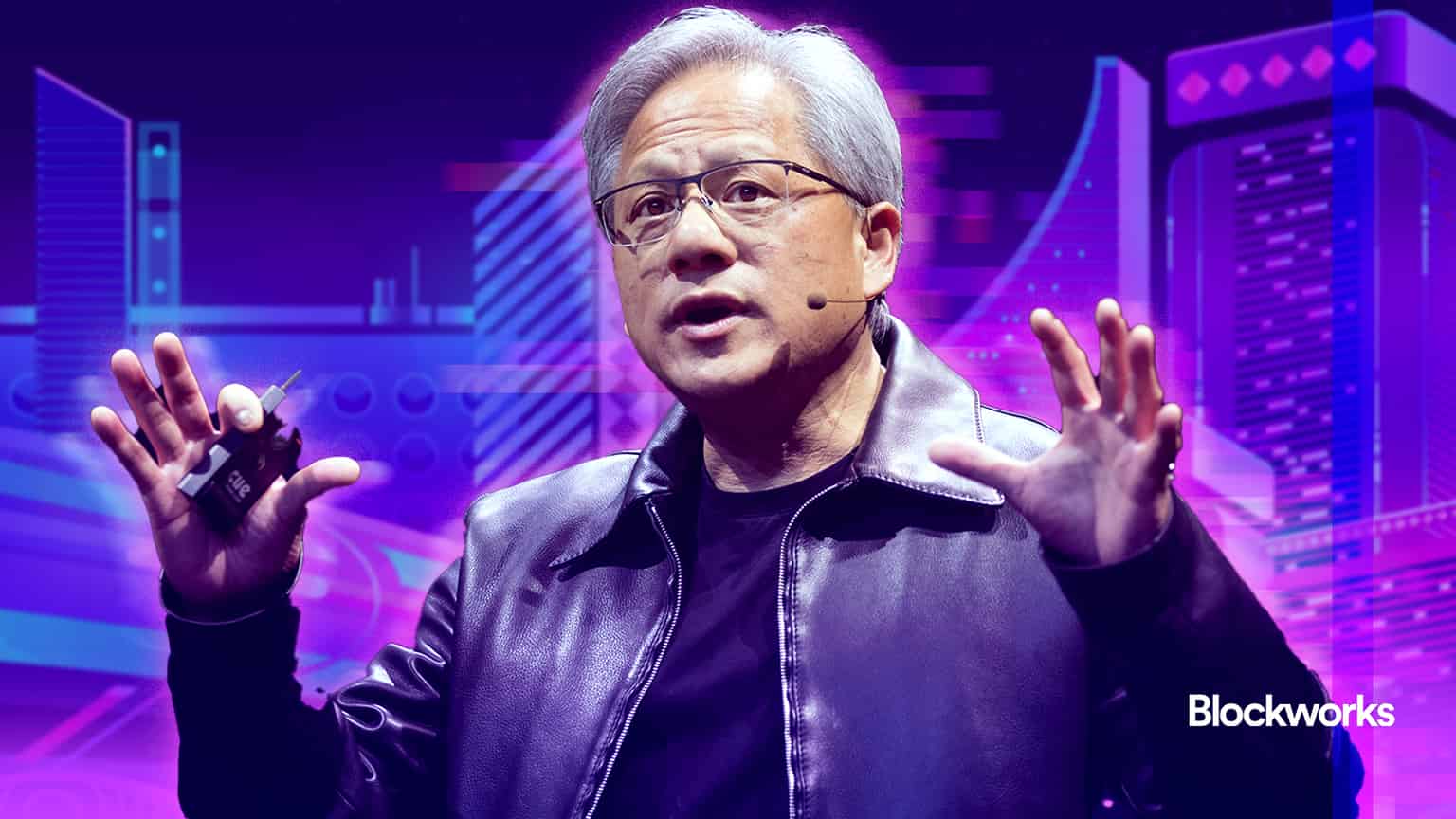Polygon preps a DeFi-focused chain to showcase AggLayer
Polygon and GSR partnered on Katana, angling for a “unified DeFi engine” to concentrate liquidity, recycle yield to users and showcase the AggLayer.

ymcgraphic/Shutterstock and Adobe modified by Blockworks
This is a segment from the 0xResearch newsletter. To read full editions, subscribe.
Polygon Labs and GSR are teaming up on Katana. The new DeFi-optimized blockchain, set to launch next month, has a clear mission: Stop fragmenting liquidity and start redirecting value back to users.
It’s built on Polygon’s new OP Stack-based cdk-opgeth framework, powered by Conduit’s G2 sequencer, and uses zk finality via Succinct’s SP1 prover. Good tech — but Katana’s true innovation isn’t technical, it’s economic.
This isn’t another “chain for everything” play. Katana is focused on DeFi — a purpose-built appchain designed to concentrate liquidity and maximize real yield. Think of it less as another rollup and more like a high-performance DeFi venue with protocol-aligned incentives, productive TVL and a built-in emissions flywheel, said Polygon Labs CEO Marc Boiron.
“When you ask users what they actually want from DeFi, the answer is always the same: deep liquidity and high yields,” Boiron told Blockworks. “General-purpose chains just don’t deliver that.”
Where most layer-2s treat DeFi as one vertical among many, Katana makes it the main event. Core protocols like Morpho (lending), Sushi (spot DEX), and Vertex (perp DEX) serve as foundational infrastructure, not one of many apps doing the same thing. In a radical break from the usual DeFi sandbox model, Katana ensures these key partners face no competition within their category on the chain.
That’s by design and is expected to benefit the user experience. “You’re actually substantially worse off having $100 million split across three protocols than $175 million in one,” Boiron said.
Katana plans to channel activity through these few “core apps,” and supercharge them with yield sourced from five different streams: protocol emissions, KAT incentives, bridged asset yield (via VaultBridge), sequencer fee redistribution and native stablecoin income (via Agora’s AUSD).
The VaultBridge directs bridged ETH, USDC and WBTC into Morpho vaults on Ethereum. It generates real returns before those assets even reach the chain, then compounds them further once they do. Even the sequencer revenue — which most chains keep for themselves or future validators — is redirected into user incentives and protocol-owned liquidity.
That’s an advantage of the rollup design space, according to Conduit founder Andrew Huang. “We worked with the Katana team to create a custom fee redistribution mechanism for the chain’s sequencer revenues,” Huang told Blockworks.
Thus, with yield transparently flowing from multiple sources and emissions guided by vote-escrowed KAT governance (à la Curve Wars), Katana is aiming for long-term sustainability, not short-term yield farming.
Boiron describes this approach as a response to DeFi’s persistent inefficiencies: fractured liquidity, unsustainable yields and duplicated assets. “If you’re not going to differentiate your blockspace,” he says, “don’t build [it].”
It’s also Polygon’s most serious bet yet on its AggLayer vision — the idea of a network of tightly integrated chains stitched together via zk bridges and shared liquidity. Polygon zkEVM, once slated to fill that role, struggled to gain any user adoption, with activity and REV on the decline since the spring of 2024. (Blockworks Research is a data partner for Katana.)
Katana aims to showcase what the AggLayer can do as “a chain with very deep liquidity that every other chain can tap into,” Boiron said.
While most OP Stack rollups still rely on fraud proofs and treat tokenomics as an afterthought, Katana integrates zero-knowledge finality from the start. This evolution of the Polygon CDK — now known by the more brand-neutral Agglayer CDK, uses the OP Stack for developer familiarity, but replaces its core infrastructure with Polygon’s AggLayer bridge and execution proofs generated by Succinct’s SP1 prover.
That means no long fraud proof withdrawal windows on canonical bridges, Boiron noted, “and because we’re using OP Stack, users also get all the innovation from Base and Optimism, just ported onto Katana.”
Katana is also aiming for L2Beat’s Stage 1 compliance, meaning users will be able to safely exit without relying on any centralized operators. While Katana’s forced inclusion mechanisms won’t be live on day one, the project is committed to reaching full Stage 1 status shortly after launch. Conduit is working on a product expected later this year that will enable rollups to launch at Stage 1 from the get go, Huang said.
Pre-deposits are now opening in the run-up to launch with a lootbox-style reward mechanic, rather than a more nebulous points system. Public mainnet is scheduled for June 23.
Whether it becomes DeFi’s new liquidity hub or just a clever experiment remains to be seen, but at least it’s not “just another L2.”
Get the news in your inbox. Explore Blockworks newsletters:
- The Breakdown: Decoding crypto and the markets. Daily.
- 0xResearch: Alpha in your inbox. Think like an analyst.






